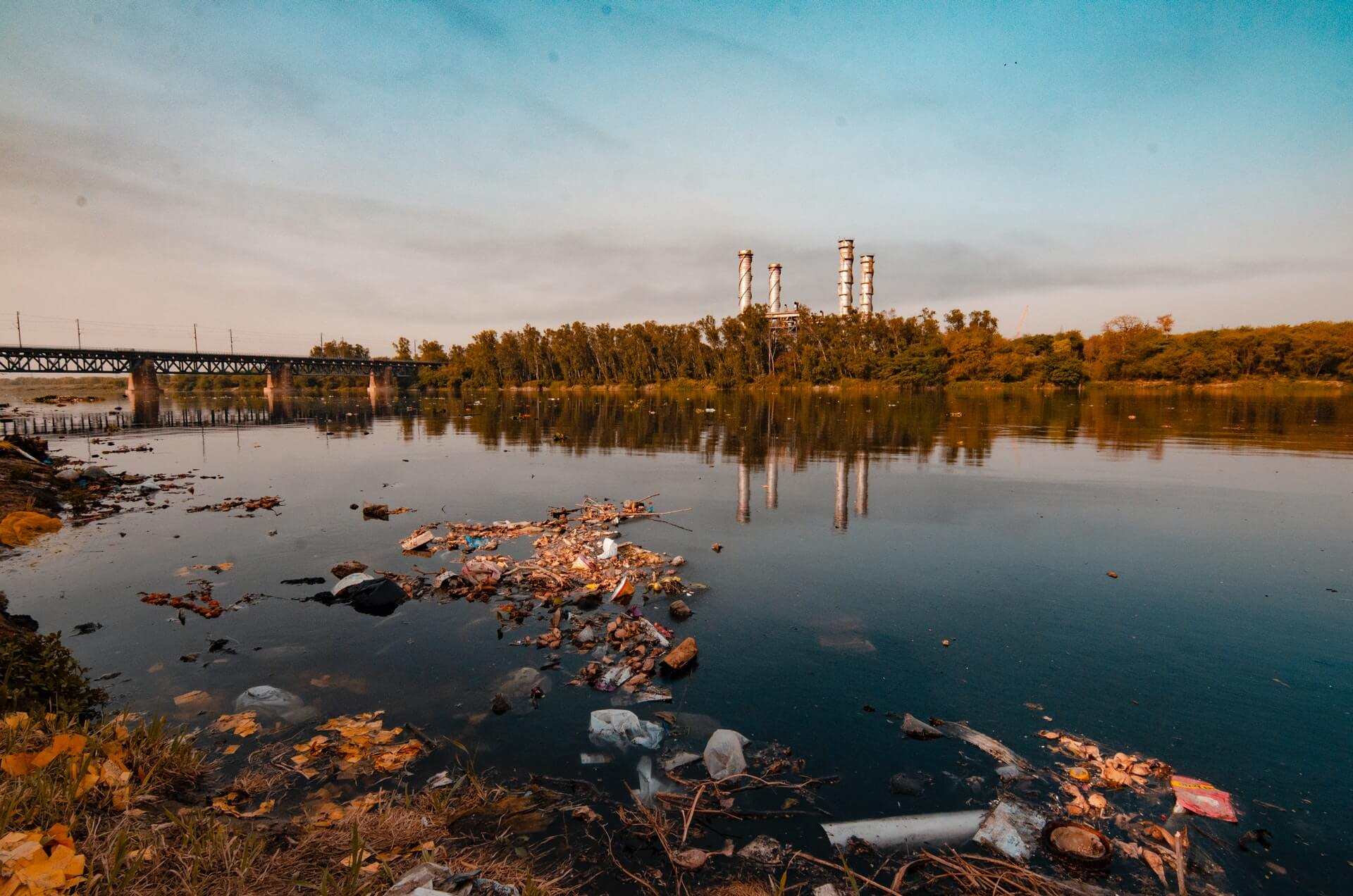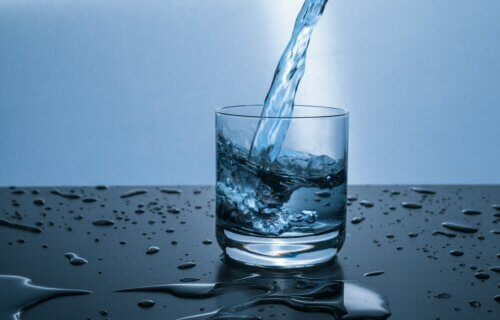Water may not be every kid’s top choice for a beverage, but it’s essential for their well-being. Parents and other caregivers should teach kids to drink water, starting with being good role models and serving water often. That water, of course, needs to be free of contaminants. It’s especially important for kids to have clean water, because they need much more water for their size than adults.
The catastrophic Norfolk Southern train derailment in East Palestine, Ohio, and its effects on the environment, have many people now wondering if their water is safe.
Alan Woolf, MD, MPH, a pediatrician and professor at Harvard Medical School, has devoted much of his career to research in toxicology (measurement and analysis of potential toxins) and environmental health. His work has influenced legislation and public policy. We can thank Dr. Woolf for his prolific, pioneering work on behalf of families’ environments and for providing safe water guidelines.
Now, StudyFinds takes a look at the best tips and practices to make sure all the water you drink is clean water.
Water safety regulation
Public water systems, often called municipal systems, provide water that, in the United States, is among the safest in the world. The quality is regulated by the Safe Drinking Water Act of 1974. Later laws have set drinking water standards for chemicals known to be in some municipal water systems.
Municipal water contamination is more common in systems serving fewer than a thousand people. Also, many older municipal systems have lead-containing pipes. They should be replaced with non-lead alternatives. Check with your municipality about the system’s construction and/or call your local public health department about the quality of your local water system.
Private wells are not federally regulated. Periodically, their owners should test the water for nitrates, coliform bacteria, and other environmental toxins such as arsenic, uranium, and aluminum. Local, state, and tribal authorities can provide testing guidelines. Public health departments will often test well water free of charge.
Sources of water contamination
Both municipal water systems and private wells are vulnerable to contamination. Some of the contaminants include:
- industrial chemical or oil spills
- nuclear power plant failures
- war or terrorist attacks
- fertilizers and pesticides applied to land near the water
- animal waste from large industrial farms
- sewage overflow and malfunctioning septic systems
- flooding, wildfires and other natural and weather events, becoming more frequent and more damaging with climate change
- manufacturing, mining, or fracking
- faulty and corroded pipes, or other problems in physical plants
- landfills
- soil and rocks that naturally contain chemicals and minerals such as arsenic, radon, and uranium

What you can do to help ensure your drinking water is safe
Local water companies are required to report annually what is in the water. The U.S. Environmental Protection Agency (EPA) also has a Safe Drinking Water Information Hotline (1-800-426-4791) and an Emergency Response Hotline (1-800-424-8802). Well water should be tested for nitrates and coliform bacteria yearly and for other contaminants about every three years.
- Well water should be tested for nitrates before giving it to infants.
- If your well is contaminated, contact an expert in well construction and repair.
- Contact your local water department to see if the standpipe from the water main to your house contains lead. If so, it should be replaced.
- Use cold water for cooking and drinking. Contaminants can build up in hot water heaters.
- If you are concerned about the quality of your plumbing, run the faucet for 3-5 minutes each morning prior to using the water for cooking or drinking. It flushes the pipes and lessens the probability of contaminants being present in your water.
- Drinking water that may be contaminated with bacteria and other germs should be boiled for about one minute, then cooled. Boiling does not remove toxic chemicals and may even concentrate some chemicals.
- Clean your faucet’s screen (aerator) regularly. Sediment, debris and lead can build up there and get into your water.
- Point-of-use filters made with activated carbon or other absorbent material will remove an off-taste or odor. Filters will also remove some undesirable chemicals without removing fluoride that prevents tooth decay.
- Reverse-osmosis filtering systems may be needed for some private wells.
Using bottled water
It is not necessary to use bottled water unless there is known contamination of the source. Bottled water is expensive and generates a lot of plastic waste – another environmental contaminant.


Fluoride is toxic to brains and thyroid.
I installed a reverse osmosis filter, but still shower in fluoride and breathe the steam.
I want to convert my sprinkler pump & well to avoid city water.
We tried 4 times to get the city to remove this poison, but the dentist (whose ADA is supported by the toxic fluoride industry) wore their white coats and intimidated the city council morons who failed to read our 450 pages of proof.
I believe well water testing is important because it ensures the safety and quality of the water we consume and use in our daily lives. I can see how regular testing can detect potential contaminants such as bacteria, viruses, heavy metals, or chemicals that may pose health risks. As you said here, federal law does not regulate private wells so they should be tested for nitrates, coliform bacteria, and other environmental pollutants including arsenic, uranium, and aluminum on a regular basis by their owners.